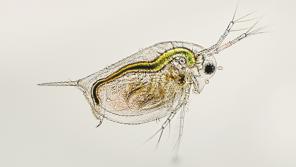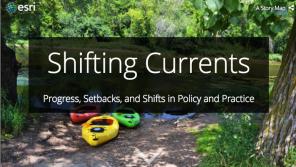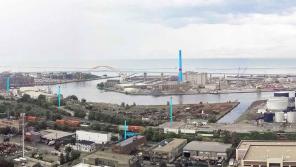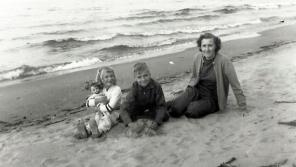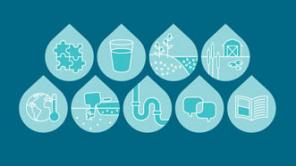Waters of Wisconsin
Native systems of governance have faced intense challenges since European explorers first landed on these shores. While America's founding fathers took inspiration from Indigenous governments, the relationship between First Nations and the U.S.
Fresh water scientist Rebecca Klaper studies the impact of indescribably small nanoparticles on our Great Lakes.
Dr. J. Val Klump in exploring what is happening in the Great Lakes today and what the future holds for them and for us.
UW-Madison student Kendl Kobbervig created a story map as a way visually present highlights from the Shifting Currents report.
A project under development in Milwaukee uses large-scale art to increase city residents' responsibility for—and understanding of—how water quality is connected to everyday choices we make.
Milwaukee journalist Dan Egan tell the complex story of the one of the world’s most important freshwater ecosystems.
There is no Plan B for humanity and our fellow species if we fail to keep our waters alive and clean.
More than a decade has passed since the first statewide Waters of Wisconsin (WOW) conversation, and the publication of its definitive report Waters of Wi
- 1 of 7
- next ›
Contact Us
contact@wisconsinacademy.org
Wisconsin Academy Offices
1922 University Avenue
Madison, Wisconsin 53726
Phone: 608.733.6633
James Watrous Gallery
3rd Floor, Overture Center for the Arts
201 State Street
Madison, WI 53703
Phone: 608.733.6633 x25


